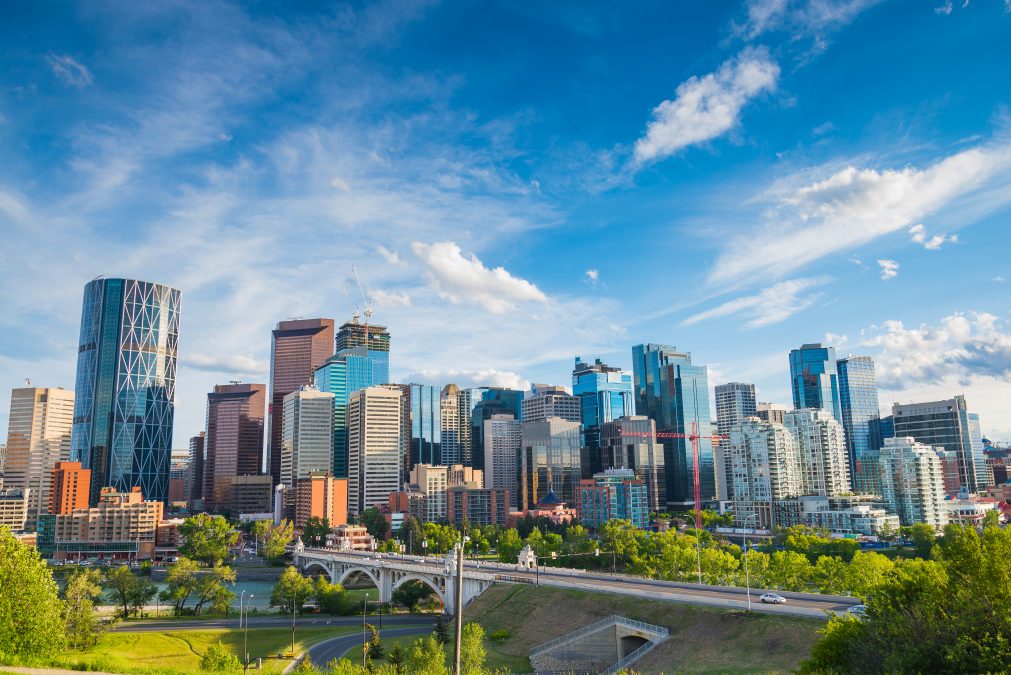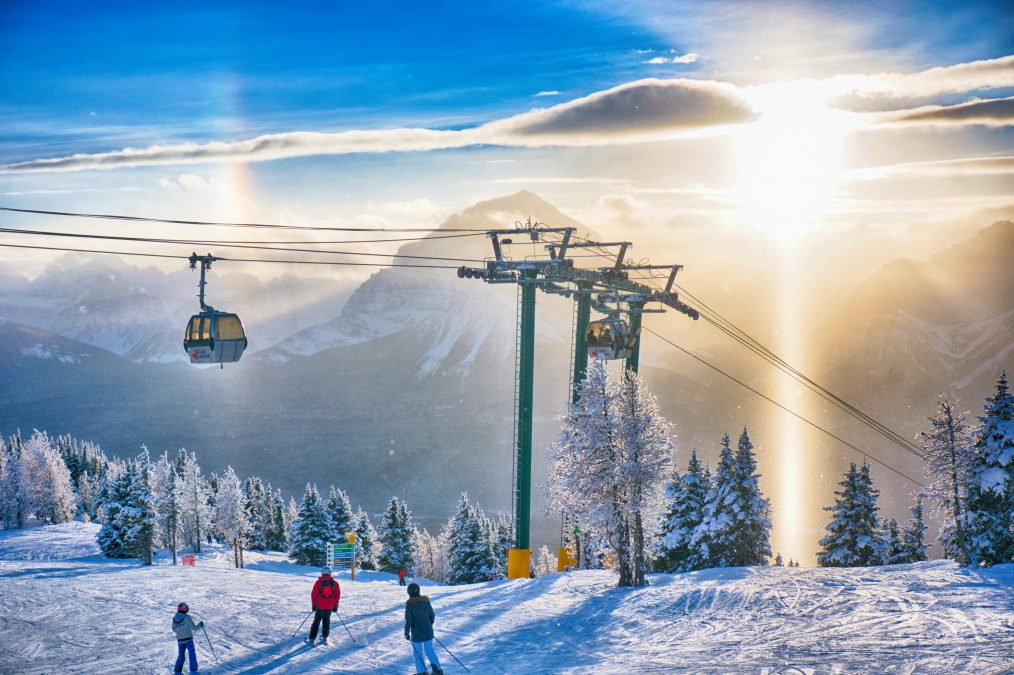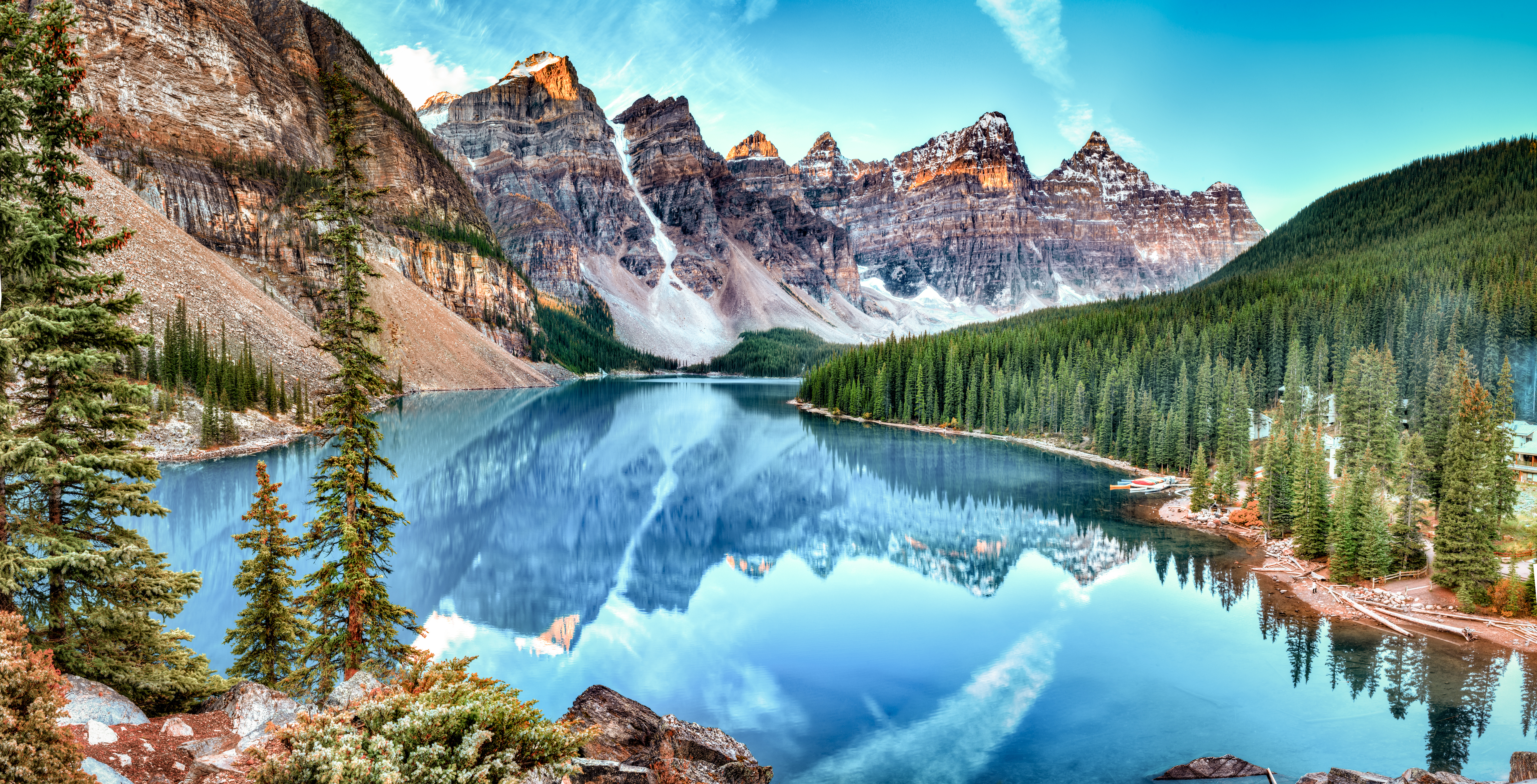Exclusive Interview
TORONTO: Awareness campaigns and the advent of social media has broken long-held perceptions about Canada being covered in snow throughout the year and Canadians living in igloos. Today, Canada is a preferred choice as a new home for educated and skilled professionals from across the world.
The G7 country is not only popular with people who want to become Canadian, but it is also a popular tourist destination owing to modern infrastructure and untouched natural beauty. Home to around 39 million people, Canada is one of the least densely populated countries in the world – four people per square kilometer.
With its immense size and low population density, tourists from across the world come to Canada to explore the tranquility of its natural beauty. According to a latest report released in April 2024 by Tourism Industry Association of Canada, the tourism industry represents two percent of the country’s GDP. By 2030, Canada aims to attract 30 million international overnight visitors with tourism spending of US$95 billion [in 2022 the tourism spending was US$64 billion].
Efforts are being made at federal and provincial levels to boost the tourism industry as it also generates employment opportunities for Canadians. With indigenous culture, mountain ranges, hundreds of lakes and oil sands, Alberta stands out in its approach to boost its tourism sector.

Below are excerpts from the interview:
Alberta has an incredible tourism story to share. What is it?
Alberta has a rich history, and my family has been indigenous part of it for five generations, having moved from Southern Alberta as pioneers. We have a rich history dating back to time immemorial. We also have mountains and vast landscapes across the province that we would like to share with visitors from all over Canada and the world. So, when people come here and hear that story, they simply want more. It’s one of resilience and great pride in a province that has given us so much, and we give back as well.

The world is now analyzed as pre-Covid and post-Covid. How do you view the Alberta’s
tourism sector in this background?
We now measure everything in a pre- or post-COVID context, and I’m very excited with the latest numbers. Just a few days ago, we announced a significant boost in our international visitor economy compared to pre-pandemic figures. In 2019, our visitor spending totaled slightly more than $10 billion, and by 2022, we saw those numbers return to or even exceed pre-pandemic levels. This indicates the effectiveness of our tourism revival strategy in Alberta. For instance, in 2023, we witnessed a remarkable three-quarter increase, from January to September, in international visitor spending, surpassing the entire 2019 figures. As we await the final numbers, I’m thrilled to announce that Alberta is back on the map, attracting international visitors seeking an unforgettable, world-class experience.
By 2035, Alberta aims to have a $25 billion visitor economy. What strategies are you implementing to reach and exceed that goal?
In our February tourism strategy announcement, we unveiled our ambitious target of achieving $25 billion in visitor economy spending by 2035. It’s a very aggressive goal, but I believe it’s more than achievable given the plan we’ve laid out to get there. This plan consists of five key pillars: leadership and government alignment, competitive product offerings, expanding career opportunities, enhanced accessibility, and fostering indigenous tourism experiences. By focusing on these pillars, we aim to enrich our tourism offerings, ensuring a diverse array of experiences for visitors. My recent observations in Europe, where over two hundred international travelers expressed interest in authentic indigenous tourism, reaffirm our strategy’s potential for success. By expanding our offerings and prioritizing indigenous tourism alongside other key pillars, we will undoubtedly meet our goal of $25 billion by 2035.
What type of investments are being made to achieve 2035 goals?
We are partnering with Travel Alberta, collaborating with industry and tourism operators across the province to identify opportunities for product development in strategically located areas near airports and places accessible by car. Considering our development goals, additional accommodation is essential. We’ll likely require approximately 11,000 new hotel rooms or lodging options by 2035 to accommodate the influx of visitors. These accommodations aim to facilitate longer stays, encouraging visitors to explore different parts of Alberta, immerse themselves in the local culture, and support the economy. Ultimately, we aspire for visitors to depart already planning their next trip back.
Tourism goes beyond business as it is also
about people to people contact. How are
you ensuring that?

While tourism is frequently viewed as a source of employment and economic growth, its true essence lies within the individual stories that visitors carry with them. There are numerous opportunities for exploration on the Travel Alberta website. We’re also working with tourism operators to develop offerings tailored to international travelers.
Technological advancements in tourism allow visitors to delve deeper into their upcoming experiences, learning about the sights and activities available based on the season and region they intend to visit.
Our main message is that Alberta is here to be explored beyond its renowned destinations like Banff, Jasper, and Lake Louise.

To complement these iconic sites, we’re cultivating unique experiences across the province. For instance, Charmed Resorts in Pinscher Creek offers custom-built playhouses themed after beloved fairy tales such as Beauty and the Beast and Peter Pan. These one-of-a-kind accommodations provide an exclusive Alberta experience found nowhere else.
Platforms like YouTube and Instagram offer glimpses into these offerings, aiding travelers in planning their visits and ensuring a fully immersive experience upon arrival. Our goal is to inspire return visits.
What is Alberta’s relationship with the Arab world, particularly the GCC countries?
I believe Alberta has something to share with the world. Premier Daniel Smith has emphasized this sentiment, particularly after his return from COP 28 [in Dubai, UAE], stressing the world’s need for Alberta’s energy, people, and products. Tourism presents a prime opportunity as we possess attractions that resonate with international travelers, including those from regions like Saudi Arabia or the UAE. I’m excited about fostering discussions that broaden Alberta’s reach and enhance our global marketing efforts. As our offerings evolve, so will our relationships with international visitors.
How are you using new technologies to boost tourism in your province?
We’re seeing a variety of marketing techniques, both from Travel Alberta and from the product and tourism operator side. Take Charmed Resorts, for instance; their large Instagram followers reveal that they are doing an excellent job of engaging with clients from all over North America and the world who see their videos and want to learn more. I’ve explored their offerings through their Instagram, and they do a good job in responding. Additionally, our own storytelling videos have gained attractions and won awards, most recently in Japan. These stunning videos showcase what it means to be an Albertan and offer a glimpse into our diverse landscape and the people who live here. Technology is constantly evolving empowering creators to better market their products and share immersive travel experiences for visitors.

from Snow White’s fairytale is available
at Charmed Resorts in Alberta.
Are there specific plans to enhance the MICE sector in Alberta?
Absolutely. We’re very excited to announce that the BMO Centre in Calgary will be available soon. This world-class conference center is equipped to host some of the world’s largest conferences.
Additionally, we’re excited about the construction of a new event center in Calgary, located near the BMO Centre, which will serve as the new home of the Calgary Flames professional hockey team.
While I haven’t mentioned it, I’ve noticed that cities such as Dubai and Saudi Arabia are starting to host sporting events, such as the World Cup. These new event centers, such as the ones in Edmonton, which opened a few years ago, and Calgary, which will open in a few years, send a strong signal to the world that Alberta has premier venues for hosting world-class events and concerts.
As we continue to develop our infrastructure, including conference centers, Alberta remains a top choice for conventions. Many visitors initially come to Alberta for business trips, sporting events, or passing through, but they’re enticed to return for longer stays. We’re dedicated to developing our products, infrastructure, and facilities to accommodate more visitors and host additional world-class events.

What about the high-net-worth individuals from around the world, including the
Arab world?
Absolutely. Alberta offers something for everyone, especially given our geography. We have unique experiences that are hard to find elsewhere. Consider going up and experiencing the Northern Lights. Activities such as hunting, fishing, and trapping not only enrich Alberta’s economy but also attract visitors from across the globe seeking the best hunting experience.
For those seeking relaxation and luxury,
we have luxury day spas and hotels. Whether
you’re interested in exploring world-class
attractions or seeking out new experiences,
Alberta has it all. I’m excited about the increasing number of attractions that will be developed over the next decade as we continue to implement our tourism strategy.
What are the major marketing challenges that you or the tourism department face in Alberta, particularly when addressing Asia, the Middle East, and Europe?
I believe one of the challenges is simply getting people here. I believe Canada has long been recognized as having two or three major international airline hubs, namely Vancouver, Toronto, and possibly Montreal. Calgary, in my opinion, should be at the forefront of that conversation. As a result, we will always strive to increase air access to Alberta. That is an essential component of our tourism strategy.
One of the challenges will be getting people to the province of Alberta in a seamless and direct manner. So, air travel will be one of them.
Another issue we face across the country is labor shortages. Alberta is currently a booming destination for all markets. There are a lot of people moving to Alberta who want to contribute and bring their families. So, part of the government’s job is to work with post-secondary institutions and the Minister of Immigration to ensure that we are bringing in and training the types of employees we need to work in the tourism industry.


We intend to expand air access and to collaborate with the Minister of Advanced Education to strengthen postsecondary education and encourage more students to pursue careers in tourism.
The plan is already working, and what’s great is that by establishing a Ministry of Tourism and focusing on tourism’s economic development, we’re signaling to people that there are great opportunities in the industry.
So, as much as we want to call them a challenge, I believe there are opportunities, and we are certainly meeting and exceeding all expectations.
(Edited by Hadeel Karnib and Riyaz Wani)

